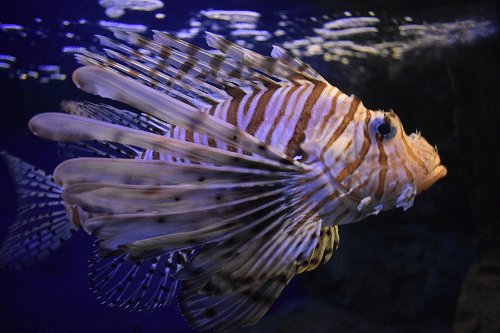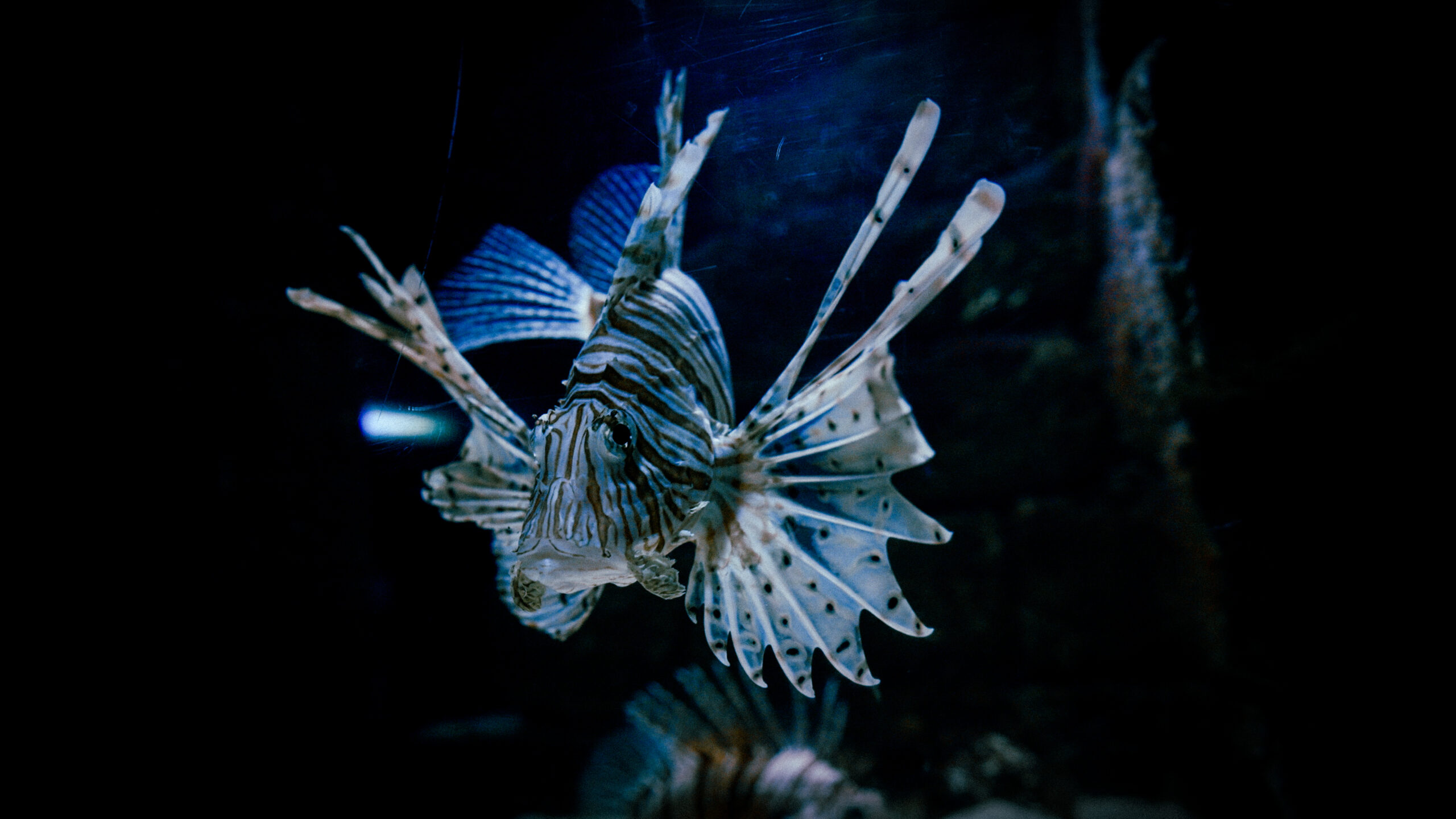Introducing Venom!
Come face to face with danger as you enter Venom, our exhilarating exhibit filled with the deadliest creatures known to man!
Our Venom exhibit is the perfect environment to learn more about some of the most interesting but poisonous creatures, from the incredible Tarantula Tree Tower to some of the world’s most venomous fish.
We invite you to get up close and personal with the likes of Red Lionfish, Golden Poison Frogs, Socotra Island Blue Baboon Tarantulas and False Water Cobras, all in one exhibit! You can rest assured that you’ll be safe behind our reinforced glass, so you can enjoy learning more about these species and seeing them with your very own eyes.
What is Venom?
Venom is our exhibit dedicated to housing the most venomous animals the world has to offer. It’s the perfect environment to study these species and see creatures that you wouldn’t normally come across.
Unlike some of our other exhibits, Venom covers various habitats ranging from South America, all the way to the forests of Southeast Asia. Venom really is an exhibit that will take you around the globe.
Due to the majority of these animals being cold-blooded, Venom is a warm exhibit consisting of water, forest and desert enclosures. It includes both terrestrial and aquatic enclosures, with various climates to accommodate the different creatures we have.
What will I find at Venom?

Red Lionfish
The lionfish is a venomous fish that is native to the tropical waters of the Indian and Pacific Oceans. This beautiful fish stands out for its brightly coloured stripes and long spines, but in those spines you’ll find venom which protects them from predators! You can see the red lionfish at our Venom exhibit.
What’s the difference between venomous and poisonous?
Put simply, if an animal injects something using fangs, stings or spines, then it is venomous. If an animal has to be ingested to give a dose of its toxin, then it is poisonous. That means the humble Honey Bee is a venomous animal and the Pufferfish is poisonous to humans (if prepared incorrectly).
Who would like this exhibit?
This exhibit is suitable for anyone with a love for animals, particularly fish, invertebrates and reptiles. Even though the animals inside are known to leave a lasting impression, when kept behind super-durable glass and treated with respect, they are incredibly beautiful creatures to look at and admire.
Even people with a fear of snakes or spiders would find enjoyment and a sense of appreciation for these animals once they’re seen to be beautiful and calm creatures. Seeing these creatures in the flesh can help to dispel some of those exaggerated and false Hollywood stereotypes.
This exhibit is completely wheelchair and pushchair accessible, so this really is an exhibit that can be enjoyed by absolutely anyone. We also have a bench at the end, which doubles as a great photo opportunity in front of the waterfall!




